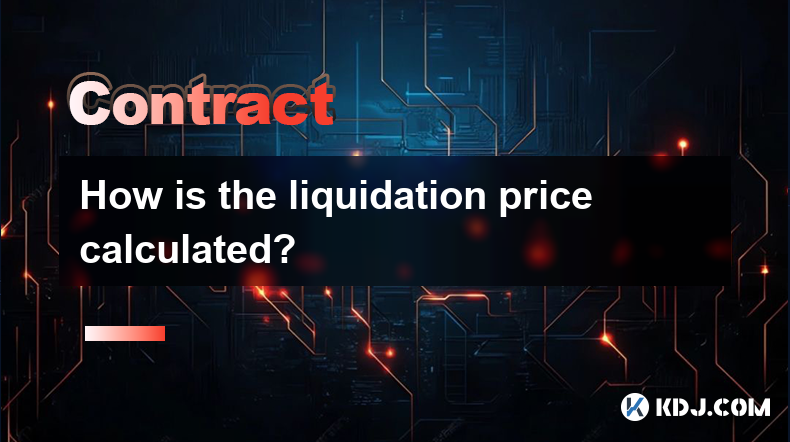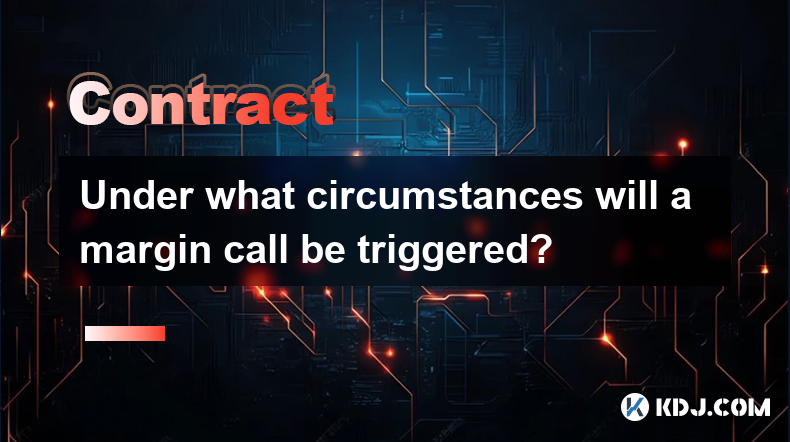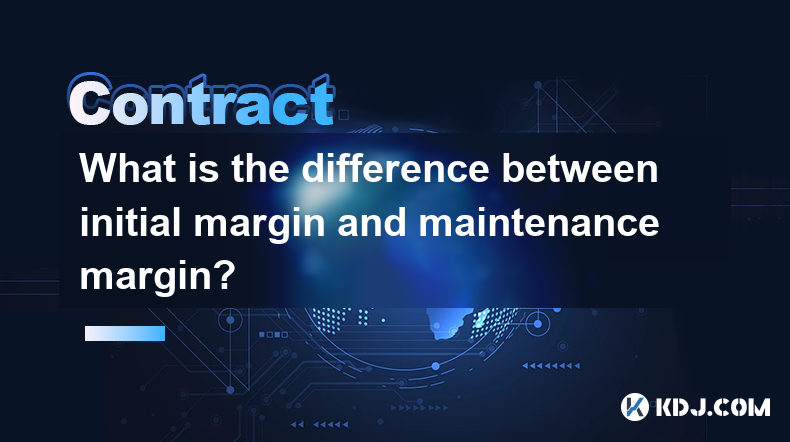-
 Bitcoin
Bitcoin $82,972.1210
2.66% -
 Ethereum
Ethereum $1,556.5991
0.67% -
 Tether USDt
Tether USDt $0.9994
0.03% -
 XRP
XRP $2.0190
0.69% -
 BNB
BNB $585.2539
1.02% -
 Solana
Solana $121.3432
5.21% -
 USDC
USDC $1.0001
0.02% -
 Dogecoin
Dogecoin $0.1593
1.80% -
 TRON
TRON $0.2443
3.62% -
 Cardano
Cardano $0.6257
0.23% -
 UNUS SED LEO
UNUS SED LEO $9.3379
-0.83% -
 Chainlink
Chainlink $12.5645
1.33% -
 Avalanche
Avalanche $18.9909
2.79% -
 Stellar
Stellar $0.2345
0.69% -
 Shiba Inu
Shiba Inu $0.0...01213
2.25% -
 Toncoin
Toncoin $2.8755
-1.17% -
 Sui
Sui $2.1733
0.19% -
 Hedera
Hedera $0.1660
-2.45% -
 Bitcoin Cash
Bitcoin Cash $313.1267
5.51% -
 MANTRA
MANTRA $6.4235
-0.19% -
 Litecoin
Litecoin $75.5959
1.00% -
 Polkadot
Polkadot $3.5519
0.62% -
 Dai
Dai $0.9999
0.01% -
 Bitget Token
Bitget Token $4.2991
0.85% -
 Hyperliquid
Hyperliquid $15.2864
2.68% -
 Ethena USDe
Ethena USDe $0.9988
0.03% -
 Pi
Pi $0.6838
14.75% -
 Monero
Monero $209.3662
3.22% -
 Uniswap
Uniswap $5.1800
1.14% -
 OKB
OKB $52.8717
-0.74%
Is Bitcoin contract compound interest
In Bitcoin contracts, compound interest can be realized through lending and borrowing platforms, interest-earning accounts, options strategies, or perpetual futures contracts with funding.
Nov 09, 2024 at 05:06 pm

Is Bitcoin Contract Compound Interest?
The concept of "compound interest" in a Bitcoin contract implies that the interest earned on the underlying asset (Bitcoin) is reinvested, resulting in potential exponential growth of the initial investment over time. This feature is not directly inherent in Bitcoin itself but can be achieved through financial instruments or strategies utilizing Bitcoin as the underlying asset.
To understand compound interest in the context of Bitcoin contracts, let's explore the various methods through which it can be realized:
1. Bitcoin Lending and Borrowing Platforms:
- Many crypto exchanges and decentralized finance (DeFi) platforms offer Bitcoin lending and borrowing services.
- Lenders deposit their Bitcoin into lending pools, earning interest on their Bitcoin holdings.
- Borrowers can take out loans using Bitcoin as collateral, paying interest on the borrowed amount.
- The interest earned by lenders can be automatically reinvested into the lending pool, compounding over time.
Example:
Let's assume you lend 1 BTC at an annual interest rate of 5%. After year 1, you will have earned 0.05 BTC. If you reinvest this earned interest back into the lending pool, in year 2, you will earn interest not only on your original 1 BTC but also on the accumulated 0.05 BTC. This process continues over time, leading to exponential growth of your earnings.
2. Bitcoin Interest-Earning Accounts:
- Some crypto exchanges and custodian services offer interest-earning accounts for Bitcoin.
- Account holders deposit their Bitcoin into these accounts and earn interest on their holdings.
- The interest earned can be automatically compounded, leading to potential exponential growth of the principal.
Example:
Let's suppose you deposit 1 BTC into an interest-earning account offering a 4% annual interest rate. After year 1, you will have earned 0.04 BTC. If the account automatically compounds the interest, the earnings in year 2 will be calculated on not only the initial 1 BTC but also the accrued 0.04 BTC, leading to a progressively increasing interest payout.
3. Bitcoin Options Strategies:
- Certain options strategies can be employed to generate compound interest-like returns using Bitcoin as the underlying asset.
- One example is selling covered calls on Bitcoin.
- In this strategy, you sell the right to another party to buy your Bitcoin at a predetermined price, receiving a premium in exchange.
- If the Bitcoin price remains below the strike price, the premium earned can be reinvested, effectively compounding your earnings.
Example:
Imagine you own 1 BTC and sell a covered call with a strike price of $25,000, receiving a premium of $500. If the Bitcoin price stays below $25,000 at the expiration date, you retain your Bitcoin and earn the $500 premium. You can then reinvest this premium into another covered call, increasing your potential returns over time.
4. Bitcoin Perpetual Futures Contracts with Funding:
- Perpetual futures contracts are financial instruments that allow traders to speculate on the future price of Bitcoin without having to take delivery of the underlying asset.
- They have a unique feature known as "funding," which can act as a source of compound interest.
- Depending on the market conditions, the funding rate can be either positive or negative.
- When the funding rate is positive, longs (traders who bet on the price going up) pay shorts (traders who bet on the price going down), and the opposite occurs when the funding rate is negative.
- By strategically entering and exiting positions in perpetual futures contracts, traders can take advantage of positive funding rates, effectively compounding their earnings.
Example:
Suppose you go long on a Bitcoin perpetual futures contract with a positive funding rate of 0.01% per day. If you hold the position for 30 days, you will receive $30 worth of funding payments, assuming a notional value of $100,000. This can be considered as compound interest, as it represents a gain on your initial investment without having to sell the underlying Bitcoin.
Important Considerations:
- Compounding interest in Bitcoin contracts can be subject to risks, including market volatility, potential defaults in lending or borrowing agreements, and platform fees.
- It's crucial to carefully evaluate the terms of the contracts and the underlying platforms to make informed investment decisions.
- Investors should also consider their own risk appetite and financial goals before engaging in any Bitcoin contract strategies involving compound interest.
Disclaimer:info@kdj.com
The information provided is not trading advice. kdj.com does not assume any responsibility for any investments made based on the information provided in this article. Cryptocurrencies are highly volatile and it is highly recommended that you invest with caution after thorough research!
If you believe that the content used on this website infringes your copyright, please contact us immediately (info@kdj.com) and we will delete it promptly.
- Florida and New Hampshire Are Proceeding With Bills That Would Allow State Investment in Bitcoin
- 2025-04-12 13:00:13
- Prominent XRP Holders Revealed: Uphold, Binance, and Ripple Dominate with Billions in Reserves
- 2025-04-12 13:00:13
- title: Ken Sim says his continued push to have Vancouver become a bitcoin-friendly city is “a hill that I’m willing to die on”
- 2025-04-12 12:55:13
- Swedish MP proposes Bitcoin inclusion in the country's foreign exchange reserves
- 2025-04-12 12:55:13
- Introducing PROMPT, the native token of a new AI-powered omni-chain tool that launches on Coinbase
- 2025-04-12 12:50:13
- Despite Spot Bitcoin ETF Outflows Accelerating, There are Signs That BTC's Price is Bottoming
- 2025-04-12 12:50:13
Related knowledge

How does Tail Protection reduce the loss of liquidation?
Apr 11,2025 at 01:50am
Introduction to Tail Protection in CryptocurrencyTail Protection is a mechanism designed to mitigate the risks associated with liquidation in cryptocurrency trading. Liquidation occurs when a trader's position is forcibly closed by the exchange due to insufficient margin to cover potential losses. This often happens in leveraged trading, where traders b...

How to judge the market trend by the position volume?
Apr 11,2025 at 02:29pm
Understanding how to judge the market trend by position volume is crucial for any cryptocurrency trader. Position volume, which refers to the total number of open positions in a particular cryptocurrency, can provide valuable insights into market sentiment and potential price movements. By analyzing this data, traders can make more informed decisions ab...

Why does a perpetual contract have no expiration date?
Apr 09,2025 at 08:43pm
Perpetual contracts, also known as perpetual futures or perpetual swaps, are a type of derivative product that has gained significant popularity in the cryptocurrency market. Unlike traditional futures contracts, which have a fixed expiration date, perpetual contracts do not expire. This unique feature raises the question: why does a perpetual contract ...

How is the liquidation price calculated?
Apr 12,2025 at 01:35am
Introduction to Liquidation PriceLiquidation price is a critical concept in the world of cryptocurrency trading, particularly when dealing with leveraged positions. Understanding how this price is calculated is essential for traders to manage their risk effectively. The liquidation price is the point at which a trader's position is forcibly closed by th...

Under what circumstances will a margin call be triggered?
Apr 08,2025 at 02:43pm
Margin trading in the cryptocurrency market allows traders to borrow funds to increase their trading position, potentially amplifying both gains and losses. A critical aspect of margin trading is understanding when a margin call might be triggered, as it can significantly impact your trading strategy and financial health. In this article, we will explor...

What is the difference between initial margin and maintenance margin?
Apr 11,2025 at 01:14pm
In the world of cryptocurrency trading, understanding the concepts of initial margin and maintenance margin is crucial for managing risk and maximizing potential returns. These terms are fundamental to margin trading, a practice that allows traders to borrow funds to increase their trading position. Let's delve into the differences between initial margi...

How does Tail Protection reduce the loss of liquidation?
Apr 11,2025 at 01:50am
Introduction to Tail Protection in CryptocurrencyTail Protection is a mechanism designed to mitigate the risks associated with liquidation in cryptocurrency trading. Liquidation occurs when a trader's position is forcibly closed by the exchange due to insufficient margin to cover potential losses. This often happens in leveraged trading, where traders b...

How to judge the market trend by the position volume?
Apr 11,2025 at 02:29pm
Understanding how to judge the market trend by position volume is crucial for any cryptocurrency trader. Position volume, which refers to the total number of open positions in a particular cryptocurrency, can provide valuable insights into market sentiment and potential price movements. By analyzing this data, traders can make more informed decisions ab...

Why does a perpetual contract have no expiration date?
Apr 09,2025 at 08:43pm
Perpetual contracts, also known as perpetual futures or perpetual swaps, are a type of derivative product that has gained significant popularity in the cryptocurrency market. Unlike traditional futures contracts, which have a fixed expiration date, perpetual contracts do not expire. This unique feature raises the question: why does a perpetual contract ...

How is the liquidation price calculated?
Apr 12,2025 at 01:35am
Introduction to Liquidation PriceLiquidation price is a critical concept in the world of cryptocurrency trading, particularly when dealing with leveraged positions. Understanding how this price is calculated is essential for traders to manage their risk effectively. The liquidation price is the point at which a trader's position is forcibly closed by th...

Under what circumstances will a margin call be triggered?
Apr 08,2025 at 02:43pm
Margin trading in the cryptocurrency market allows traders to borrow funds to increase their trading position, potentially amplifying both gains and losses. A critical aspect of margin trading is understanding when a margin call might be triggered, as it can significantly impact your trading strategy and financial health. In this article, we will explor...

What is the difference between initial margin and maintenance margin?
Apr 11,2025 at 01:14pm
In the world of cryptocurrency trading, understanding the concepts of initial margin and maintenance margin is crucial for managing risk and maximizing potential returns. These terms are fundamental to margin trading, a practice that allows traders to borrow funds to increase their trading position. Let's delve into the differences between initial margi...
See all articles





















![Crypto Otaku - CRYPTO CHAOS! 83K BITCOIN! CRYPTO RALLY!! XCN , JASMY , SWFTC LEAD!!! [Episode 228] Crypto Otaku - CRYPTO CHAOS! 83K BITCOIN! CRYPTO RALLY!! XCN , JASMY , SWFTC LEAD!!! [Episode 228]](/uploads/2025/04/12/cryptocurrencies-news/videos/crypto-otaku-crypto-chaos-k-bitcoin-crypto-rally-xcn-jasmy-swftc-lead-episode/image-1.webp)

































































